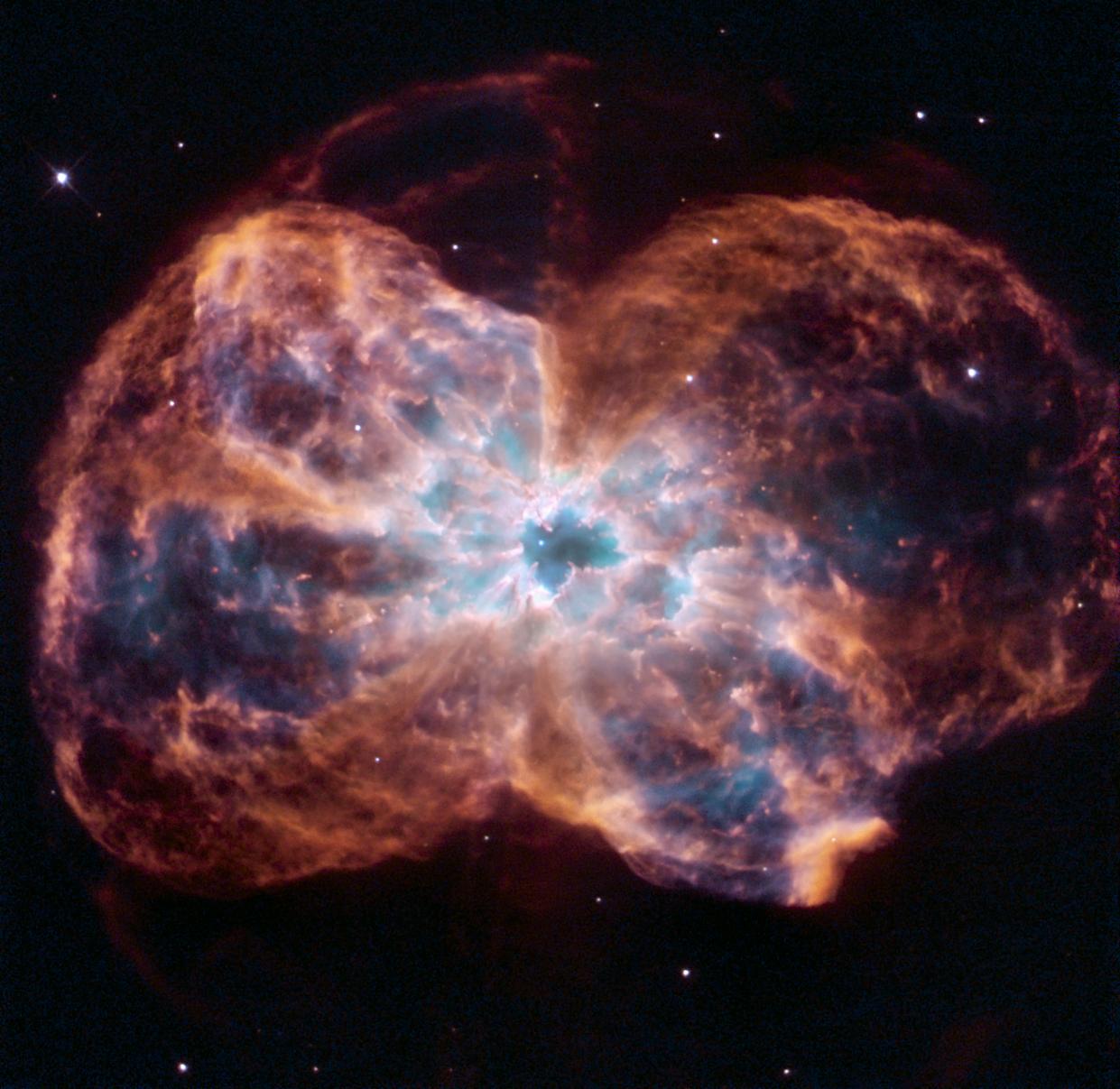Every star, from our own sun to the tiny pinpricks of light scattered through the night sky, is actually a giant ball of gas and nuclear fusion. During the "lifetime" of a normal star, it will convert the hydrogen in its core into helium until it runs out of hydrogen. Once it runs out of hydrogen, it turns into a "red giant" star. The path it takes from there varies based on a star's mass, and can have dramatic effects!
A low-mass star that reaches the red giant stage will continue to use up its fuel until it becomes a small, low-energy "white dwarf". However, a high-mass star will collapse on itself and explode - creating a supernova! Since the nuclear fusion of the star made many of the common elements we find here on Earth, the supernova scatters those elements throughout the universe, spreading many of the raw materials needed for the formation of new stars and planets.
The high-mass star can still change even more after the supernova. A relatively lower mass will turn into an incredibly dense neutron star, but a very masssive star will turn into a black hole!
